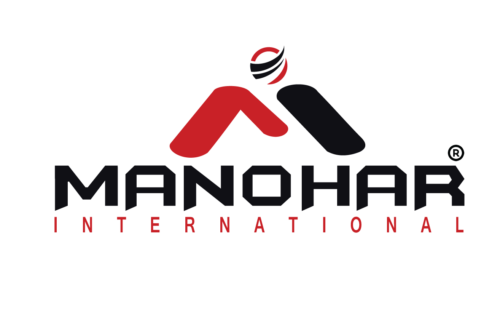Essential Guide: Using a Plastic Apron in Indian Hospitals.
In the fast-paced and hygiene-sensitive environment of Indian hospitals, maintaining a sterile and safe workspace is paramount. One essential tool that healthcare professionals rely on is the plastic apron. This simple yet effective piece of personal protective equipment (PPE) plays a critical role in preventing contamination and ensuring the safety of both patients and medical staff. Whether you’re a nurse, doctor, or hospital support staff, knowing how to use a plastic apron correctly can make a significant difference. In this blog, we’ll walk you through the proper steps to use a plastic apron in an Indian hospital setting.
Why Plastic Aprons Matter in Indian Hospitals
Plastic aprons are lightweight, waterproof, and disposable, making them ideal for protecting against spills, splashes, and infectious materials. In a country like India, where hospitals often handle a high volume of patients with diverse medical conditions, aprons serve as a first line of defense against cross-contamination. From busy government hospitals to private clinics, their affordability and accessibility make them a staple in healthcare settings.
Step-by-Step Guide to Using a Plastic Apron
- Choose the Right Apron
Before using a plastic apron, ensure it meets quality standards and fits your needs. Many Plastic Apron Manufacturers in India produce aprons in various thicknesses and sizes to cater to different hospital requirements. Select an apron that’s long enough to cover your torso and upper thighs, providing ample protection. - Inspect the Apron
Check the apron for tears, holes, or manufacturing defects. A damaged apron compromises its effectiveness, so always opt for a high-quality product sourced from reliable Plastic Apron Suppliers in India. This step ensures you’re fully protected during your shift. - Wash and Sanitize Your Hands
Before putting on the apron, wash your hands thoroughly with soap and water or use an alcohol-based sanitizer. This prevents any contaminants on your hands from transferring to the apron’s surface. - Unfold and Wear the Apron
Carefully unfold the apron to avoid touching the outer surface, which should remain sterile. Hold it by the neck ties or loops and slip it over your head. Ensure the apron sits comfortably over your uniform or scrubs, covering your chest and abdomen fully. - Secure the Ties
Tie the apron securely around your waist using the provided straps. Make sure it’s snug but not restrictive, allowing you to move freely while attending to patients. A properly tied apron stays in place during procedures like wound dressing or handling bodily fluids. - Perform Your Duties
Once the apron is on, you’re ready to carry out your tasks—whether it’s assisting in surgery, cleaning, or examining patients. The waterproof nature of the apron protects your clothing from spills and splashes, a common occurrence in Indian hospitals. - Remove the Apron Safely
After completing your task, remove the apron carefully to avoid contamination. Untie the waist straps first, then lift it off by holding the neck ties, folding the contaminated outer side inward. Dispose of it immediately in a designated biohazard bin as per hospital protocol. - Hand Hygiene Post-Removal
Wash or sanitize your hands again after removing the apron. This ensures you eliminate any germs that might have come into contact with your hands during the process.
Tips for Effective Use
- Single-Use Only: Plastic aprons are typically disposable. Avoid reusing them to maintain hygiene standards.
- Layering: In high-risk situations (e.g., dealing with infectious diseases), pair the apron with gloves, masks, and gowns for added protection.
- Storage: Store aprons in a clean, dry place to prevent contamination before use.
The Role of Quality Suppliers
In India, the demand for plastic aprons has led to a thriving market of producers and distributors. Plastic Apron Exporters in India ensure that hospitals across the country—and even abroad—have access to durable, cost-effective PPE. Partnering with trusted manufacturers and suppliers guarantees that healthcare facilities receive aprons that meet safety regulations and perform reliably under pressure.
Conclusion
Using a plastic apron in an Indian hospital is a straightforward but vital practice that enhances safety and hygiene. By following these steps, healthcare workers can protect themselves and their patients effectively. Whether you’re sourcing aprons from local manufacturers or exporters, prioritizing quality ensures that this essential PPE serves its purpose in the demanding environment of Indian healthcare. Stay safe, stay protected, and make the most of this simple yet indispensable tool!

